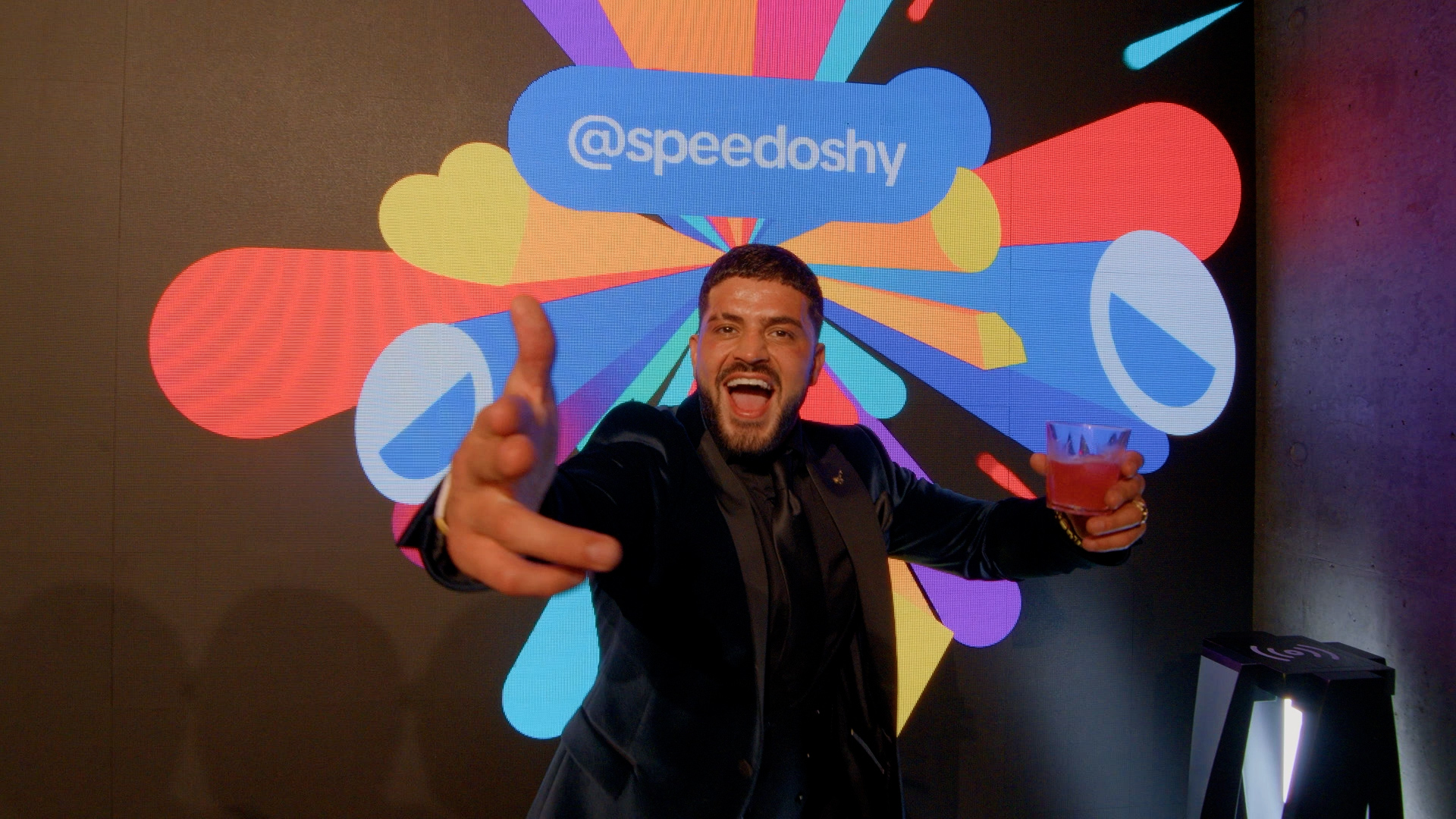Xi’s podcast is back with another dose of real talk.
In Episode 5, Franco and Andy are joined by Natasha Broady, the Experiential Director at Seen Presents, to break down how fan-first thinking reshapes the rules of engagement. Whether you’re planning a product launch, sports activation, or global campaign, here are ten unmissable truths every brand should take from this episode.
Let’s make it experiential 👇
1. Design for Specific Communities
Successful experiential marketing is all about hitting the right target.
Natasha makes it clear, the era of ‘one-size-fits-all’ is done. “It’s about creating events for specific communities with people with shared values, culture, and energy”.
Whether it’s music, gaming, or technology, fans want something that speaks directly to their world, so designing an event that they want to be a part of is crucial. You need to understand what your audience lives for and build from that.
2. Fan-First Strategy
Too often, campaigns are built backwards, starting with a product and ending with the audience.
What are your audiences’ interests? What frustrates them? What excites them?
How do they experience similar products, brands or interests and what does the world they’ve built or themselves look like?
A “first–fan” strategy means asking these questions from day one.

3. Master the Omnichannel Moment
Take Charli XCX’s NYC takeover, it looked spontaneous, but it wasn’t just hype, it was a blueprint. Natasha shares how it felt unplanned but was precision-engineered to create a wave across physical and digital channels.
“The most powerful experiences feel spur of the moment and natural, but they’re incredibly intentional”.
Omnichannel isn’t about showing up everywhere. It’s about creating movement that starts in one place and scales everywhere.
4. Make Fans Co-Creators
It’s no longer just about performance; it’s about participation.
“We’ve got to let fans co-create the experience”.
Whether it’s interactive games, broadcasts, or fan-selected formats, co-creation turns passive audiences into active partners. For example, live broadcasts allow niche communities to have a peak into the world and interact with what they’re super excited about.
The best activations are built with fans, not just for them.

5. Authenticity is Key
Brands need to understand cultural capital to ensure their experimental efforts feel authentic. Audiences are savvy. They can tell instantly if a brand understands their world or if they’re just dropping in for exposure. Cultural capital is what separates authentic activations from performative ones. As Natasha puts it, “It depends on the brand truly, authentically showing up in that world”.
If you’re not adding value to the space, you don’t belong there.
6. Start With a Feeling
When planning a campaign, Natasha always starts with one question: “How do you want this to feel?”
Experiences are rooted in emotions that are shaped by sensory input. Light, sound, texture, smell, etc. Combine to create something truly memorable. When a brand can tap into feeling, not just function, you make something that sticks.
7. Personalisation and customisation
Audiences today expect personalisation. That could be as simple as seeing their name in lights or as complex as custom content based on preferences or behavior.
Natasha makes the case that, “Everyone wants something that is true to them, which is why brand experiences work so well”.
While some events hit the mark because of the guest’s shared moment and sense of ‘I was there’, others succeed by ensuring everyone gets a one–of–one experience that leaves a lasting impression.

8. Data is Valuable
“The role of data and why you’re asking for it is extremely important…so, people come in and feel safe and don’t take it just for the sake of it.”
Consumers know their time and data are valuable. If your brand is asking for personal information, there needs to be a clear value exchange. A great game to earn rewards; content creation to make your own merch; entering a raffle for exclusive tickets; and those are just to name just a few.
9. Turning Events into Experiences
Some of the best experiential opportunities already exist. Iconic events ranging from Glastonbury to Comi-Con offer brands a ready-made connection.
Instead of trying to manufacture attention, great campaigns embed themselves into moments people already care deeply about. When you align with the energy of a cultural high point, your brand becomes part of the memory.
“Are there any fans not accessible to brands?”
The answer is no according to Natasha, “It depends on the brand truly, authentically showing up in that world, and doing activations that excite those fans in their own world”.
Massive cultural moments are powerful launchpads. But presence alone isn’t enough. To make an impact, you need to add to the moment, not just exist in it.
10. Make Experiential a Core Strategy – Not an Add On!
One of the most common mistakes in marketing is tacking experiential on at the end of a campaign.
The most impactful work comes when experience is treated as a strategic foundation.
When experience takes the lead on the creative process, everything from media strategy to content creation feels more unified and powerful.
Final Thoughts
If there’s one thing this episode made clear, it’s that there is a marked difference between event marketing and building strategic fan-first experiences.
So, if you’re building for impact, start with the fan and stay true to the brand. By putting the most focus on the brand and the audience, the blueprint for earning attention and trust are the natural outcomes.
This is about making people feel seen, heard, excited, and most importantly part of something bigger.
So, ask yourself: Are you tracking attention, or just attendance?

